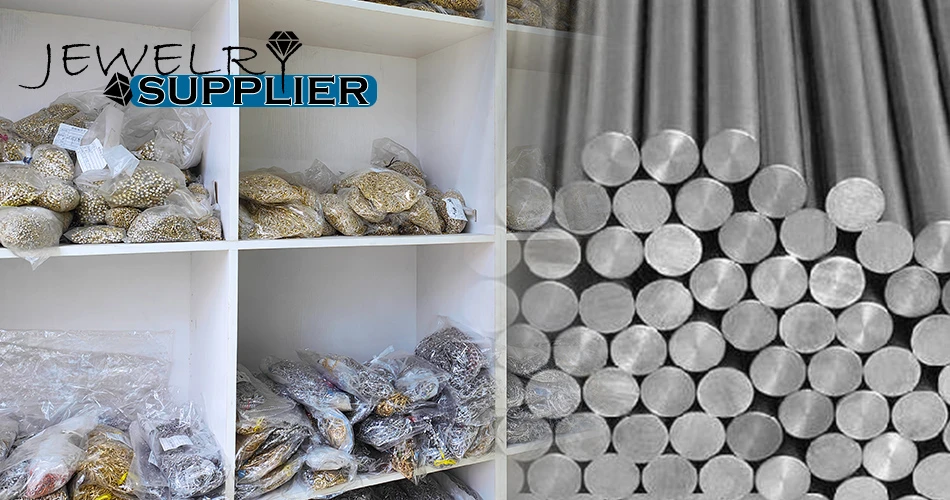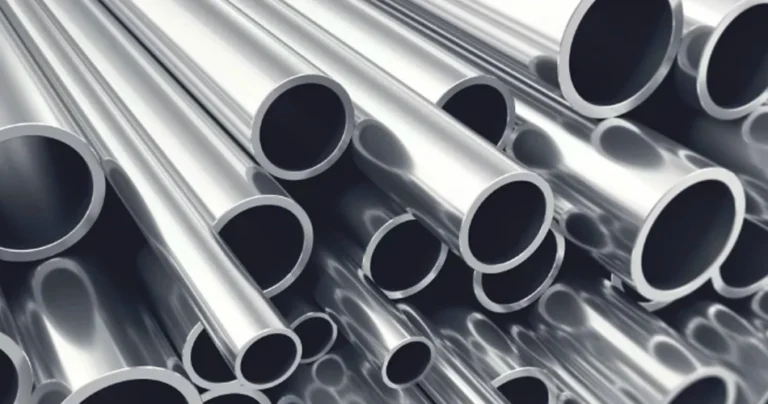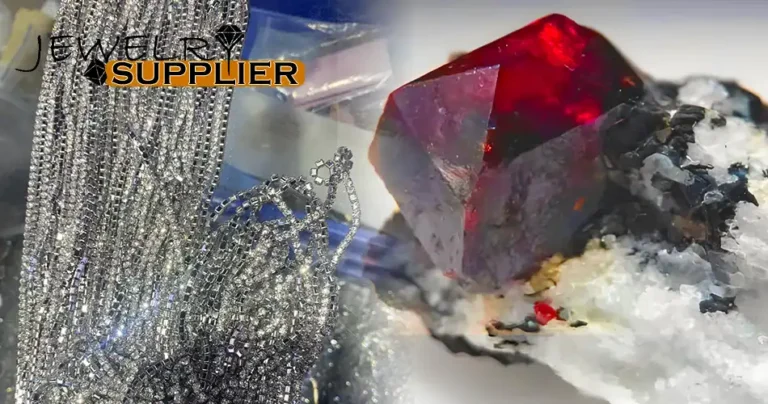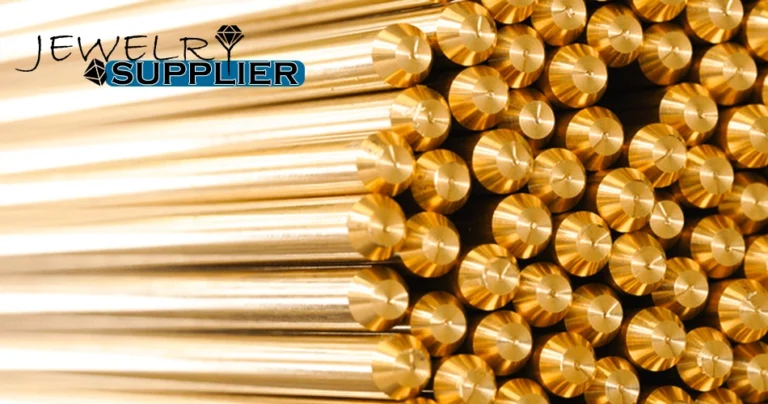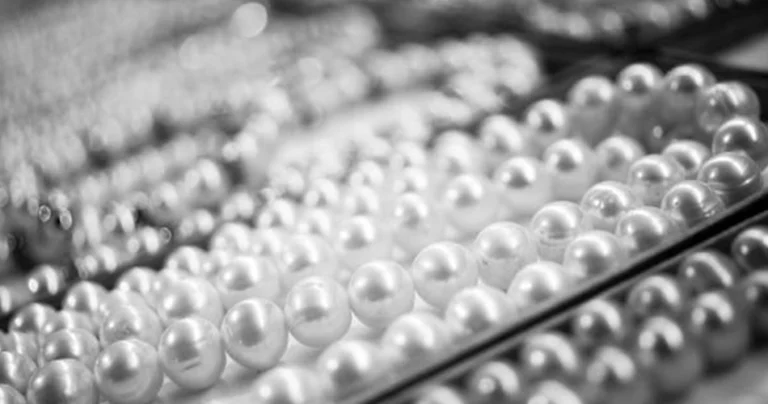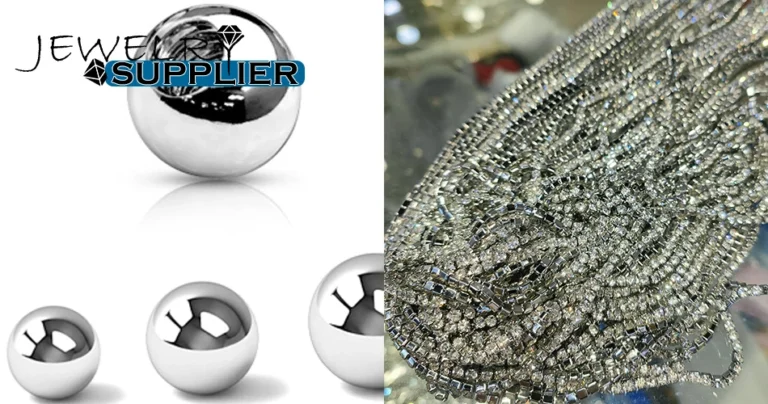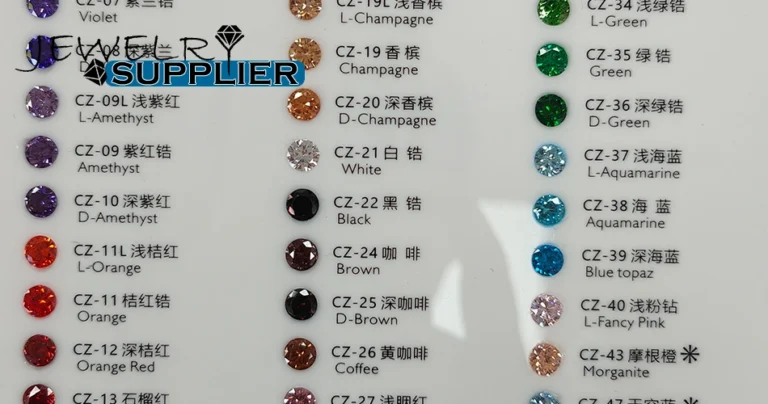Cobalt Alloy
Cobalt alloy is an alloy primarily composed of cobalt, a silvery – white ferromagnetic metal with the chemical symbol Co. By incorporating various other metallic or non – metallic elements into cobalt, the properties of the cobalt alloy can be enhanced to meet specific application needs. The technology behind cobalt alloy production includes techniques such as smelting, powder metallurgy, casting, forging, and rolling, all aimed at improving the performance of the alloy for particular industrial requirements.
In addition, the corrosion resistance of cobalt alloy can be optimized through a combination of alloy composition, surface treatment techniques, and microscopic structural control. This versatility makes cobalt alloy an excellent choice for environmentally friendly applications, including the recycling of secondary resources.
Due to its unique characteristics, cobalt alloy finds extensive applications across various industries. Moreover, its remarkable physical and chemical properties open up limitless possibilities for jewelry manufacturing, making cobalt alloy an exciting and innovative material in the world of fashion and adornment.
Click here to view the list of commonly used jewelry materials
Cobalt Alloy Technology
Cobalt alloy technology covers the entire process from alloy design, preparation to processing, aiming to improve the performance of alloys to meet specific industrial needs. Cobalt alloy has a wide and diverse application range, including aerospace, chemical engineering, military applications, jewelry and magnetic materials. Cobalt alloy preparation technology mainly includes:
1. Smelting: The process involves high temperature heating to melt cobalt with other alloying elements to form a uniform molten alloy. It is essential to smelt in a vacuum or protective atmosphere to prevent the mixing of impurities and gases.
2. Powder Metallurgy: Cobalt alloy powder metallurgy is an efficient and energy – saving process suitable for large – scale production. The method effectively alleviates defects such as porosity, inclusions and segregation, while also eliminating coarse and uneven casting microstructures. Cobalt alloy powder metallurgy process includes mixing, sintering and subsequent heat treatment steps. This can create a cobalt alloy of uniform composition and fine structure, thereby improving its overall performance.
3. Casting: The casting process of cobalt alloy involves using cobalt as the main matrix, adding other metal elements in specific proportions, heating the mixture, and then pouring it into a mold to cool and solidify. This method uses the precision of the mold to produce cobalt alloy components with customized properties.
4. Forging and rolling: These processes are suitable for casting cobalt alloy components, enhancing the microstructure and mechanical properties of the alloy. Cobalt alloy can be processed into the desired shape and size through rolling and drawing methods. During this processing, cobalt alloy technology and heat treatment have a significant impact on the performance and application of the material.
Advances in cobalt alloy technology have promoted its wide application in various industries, making it a key material in innovative applications. https://jewelrysupplierchina.com/
Corrosion Resistance Principles of Cobalt Alloy
The corrosion resistance principles of cobalt alloy primarily involve optimizing alloy composition, employing surface treatment techniques, and controlling the microstructure. By carefully selecting alloy components, it’s possible to enhance the corrosion resistance of cobalt alloy. For instance, adding elements such as chromium, nickel, ruthenium, and titanium can significantly improve its protective qualities. These additions help form a dense oxide layer that boosts the corrosion resistance of cobalt alloy.
Surface treatment techniques, such as chemical plating, can further enhance the protective capabilities of cobalt alloy. By applying multi – component amorphous alloy coatings, the surface of cobalt alloy gains excellent corrosion resistance, effectively preventing corrosive media from penetrating and extending the substrate’s lifespan. Additionally, the corrosion resistance of cobalt alloy can be strengthened by controlling its microstructure, such as refining the grain size.
These strategies ensure that cobalt alloy not only meets the demands of various applications but also maintains durability and integrity in challenging environments.
Eco – Friendly Applications of Cobalt Alloy
The matrix made from cobalt alloy is a recyclable metal material that can undergo secondary processing. The recycling of cobalt alloy serves as a sustainable solution to address the severe scarcity of cobalt resources. This recycling primarily targets secondary sources of cobalt, which include cobalt – containing metallurgical slag, scrap alloys, hydrogenation catalysts, and spent batteries.
Cobalt alloy recycling techniques typically employ hydrometallurgical leaching methods, where the efficient separation of cobalt from other impurity elements in the leachate is a critical step in the recovery process. The recycling process includes several stages: preprocessing, leaching, chemical pre – purification, and the separation of cobalt from other metal ions.
Through these advanced techniques, valuable cobalt elements can be extracted from cobalt alloy waste, promoting resource circularity and sustainability in the industry. This not only reduces environmental impact but also enhances the overall efficiency of cobalt usage, reaffirming the significance of cobalt alloy in eco – friendly applications.
Application of Cobalt Alloys
Due to their excellent physical and chemical properties, Cobalt alloys are widely used in many fields:
1. Aerospace Industry: In aerospace applications, Cobalt alloys are known for their excellent high temperature resistance, making them ideal for critical engine components such as turbine blades and combustion chambers. These components must operate under extreme temperature and stress conditions, and the addition of Cobalt alloys improves their durability and performance.
2. Cutting Tools and Machinery: By alloying with other elements, Cobalt alloys can form hard and durable materials with excellent hardness and wear resistance. This makes it ideal for manufacturing cutting tools, drills and molds that require precision and long life.
3. Automotive Industry: Cobalt alloys are increasingly used in the automotive industry to manufacture engine components, transmission systems and structural parts of vehicles due to their lightweight properties, high temperature stability and wear resistance. Its environmentally friendly characteristics are also consistent with the industry’s shift towards sustainable development.
4. Medical Applications: In the medical field, the radioactive isotope cobalt – 60 is used for tumor treatment and food irradiation sterilization. In addition, cobalt alloy compounds are used in artificial joints and dental restoration materials, further demonstrating cobalt alloy’s versatility in improving quality of life.
Cobalt alloy’s diverse applications highlight its importance in multiple industries, thanks to its superior properties and performance characteristics.
The Magnetic Magic of Cobalt Alloy
The magnetic properties of Cobalt Alloy are primarily due to cobalt’s natural ferromagnetic characteristics, which means this metal can be magnetized when placed in an external magnetic field. What makes Cobalt Alloy truly impressive, though, is its ability to retain a portion of that magnetism even after the field is gone. This magnetic prowess is deeply tied to the alloy’s atomic structure—especially the presence of unpaired electrons in its 3d orbitals. These unpaired electrons give each cobalt atom a net magnetic moment. When the atoms are arranged within a solid, they can align their magnetic moments, resulting in a collective magnetic phenomenon.
In other words, Cobalt Alloy isn’t just about strength and durability; it’s a material that exudes a magnetic sophistication, aligning its atomic structure with stylish precision to create a magnetic synergy that’s more than just surface – deep.
Modernizing and Personalizing Cobalt Alloy Jewelry
Cobalt Alloy is a material that’s naturally blessed with exceptional physical and chemical properties, including corrosion resistance, wear resistance, and a high melting point. These attributes open up a world of creative possibilities for jewelry design, allowing designers to craft pieces that are intricate, stunning, and enduring. When it comes to craftsmanship, Cobalt Alloy can be engineered to change its color through alterations in its chemical composition, enhancing the jewelry’s surface texture and creating a dynamic visual impact.
What’s more, Cobalt Alloy is the perfect canvas for integrating personalized elements and unique designs—think specific patterns, symbols, or custom – made motifs—to cater to the growing demand for individualized style statements. This versatility means that a piece made from Cobalt Alloy not only reflects the wearer’s unique personality but also conveys cultural significance and emotional depth.
Incorporating diverse artistic philosophies, from minimalist aesthetics to avant – garde trends or bold, edgy styles, Cobalt Alloy jewelry effortlessly captures modern elegance while staying true to its roots as a durable, high – performance metal. It’s not just jewelry—it’s wearable art with a story.

